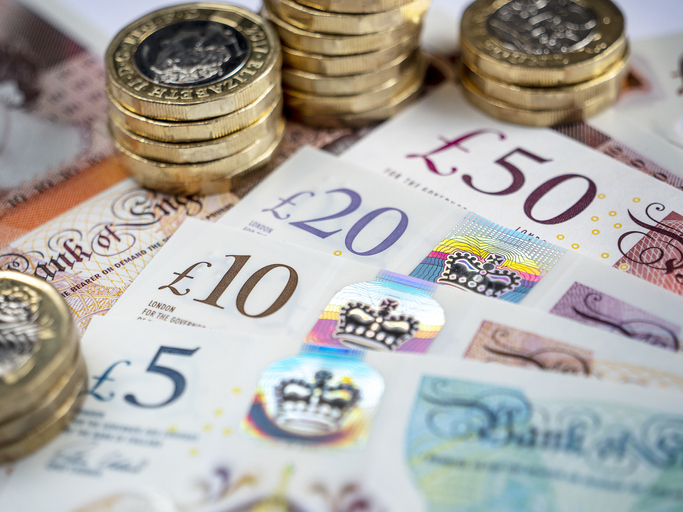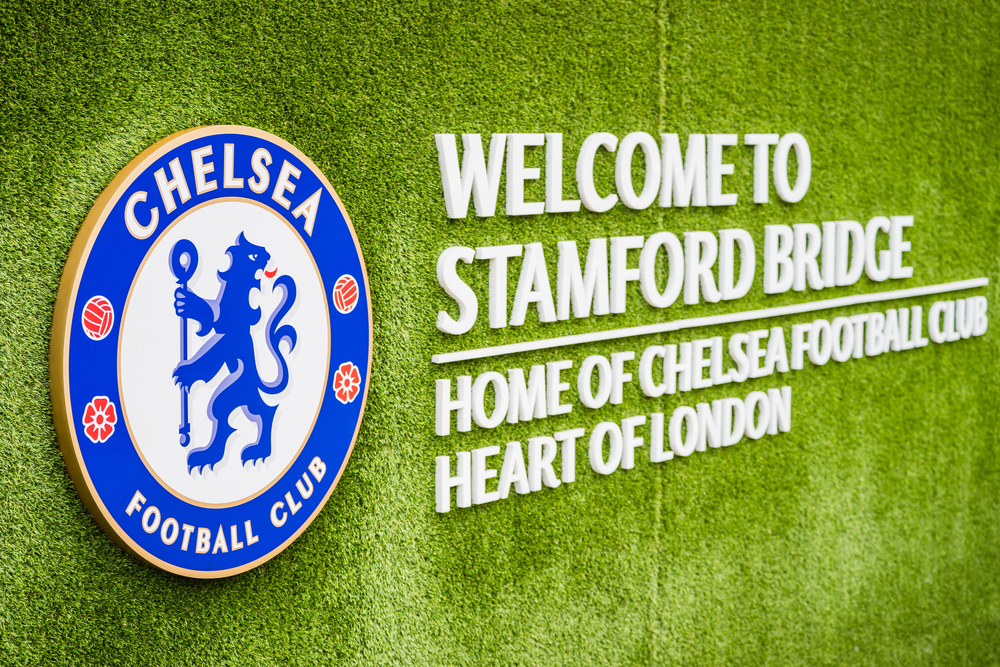Analysts believe the pound’s strong performance at the beginning of the year is set to continue, buoyed by the UK’s political stability and a resilient economy.
A Strong Year for Sterling
Sterling has emerged as one of the year’s best-performing currencies, driven by persistent inflation and stronger-than-expected growth. The pound has risen by 1.5 percent against the US dollar, surpassing the $1.30 mark for the first time in over a year, making it the leading major currency against the dollar. Additionally, the pound is trading at its highest level against the euro since August 2022, having gained over three percent.
Bullish Sentiments on Sterling
Several analysts predict that the pound’s strong performance could persist in the coming months. According to the US Commodity Futures Trading Commission, a record number of currency speculators are taking long positions on sterling.
Amundi, one of the world’s largest asset managers, has expressed a bullish stance on the pound. Andreas Koenig, the head of global FX at Amundi, views the pound as a “core conviction,” anticipating it could reach as high as $1.35 by the year’s end. Koenig noted, “The economic environment is improving, and the government remains relatively stable, providing strong arguments in favor of sterling.”
In contrast to France and the US, the UK is likely to maintain a centrist government for the foreseeable future. The UK economy has also exceeded expectations, growing 0.7 percent in the first quarter of the year.
Political Stability as a Key Factor
Goldman Sachs analysts also predict the pound’s rally could continue, citing the UK’s political stability as a significant factor. This makes the pound a less risky bet compared to other currencies.
Although there’s a possibility that the Bank of England may begin cutting interest rates in August, analysts believe this is “unlikely to penalize the pound too much,” especially since the Federal Reserve is also expected to start reducing rates in September.
“The currency should continue to be supported by our more benign broader global macro outlook, and with less of a drag from domestic monetary policy or political and fiscal uncertainty than in recent years,” they stated.
Varied Perspectives on Sterling’s Future
Chris Turner, ING’s global head of markets, is less optimistic about sterling’s ability to maintain its rally if the Bank of England cuts rates in August. The upcoming rate meeting will be the “first big opportunity since the UK election to hear what the BoE are really thinking,” according to Turner, making it a “downside risk.”
Turner also questions the idea that sterling’s strength primarily stems from political stability and improved relations with the European Union, attributing it more to “sticky UK inflation.”
JP Morgan FX strategists cautioned that sterling is “clearly at risk of any deterioration in its local outlook,” such as uncertainties about monetary policy direction. However, the firm remains confident in its forecast for the pound to reach $1.35 by March next year.



